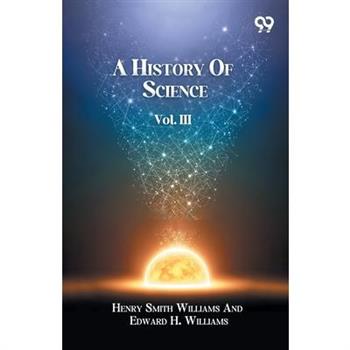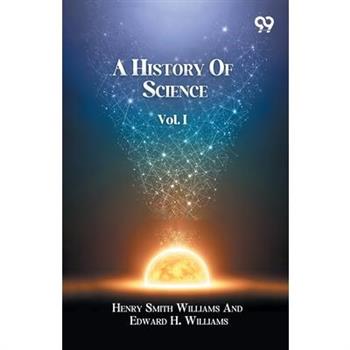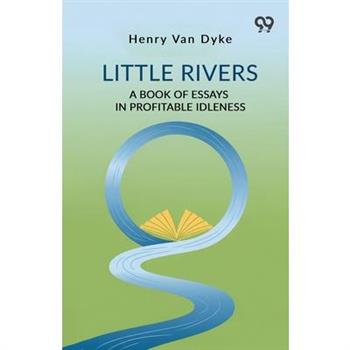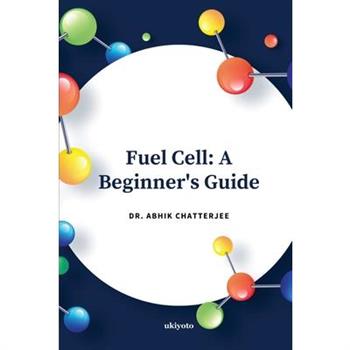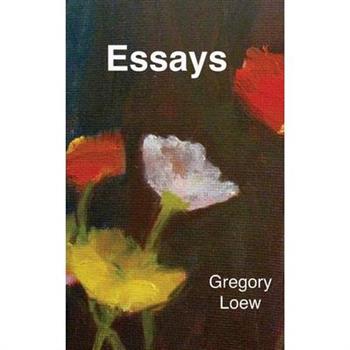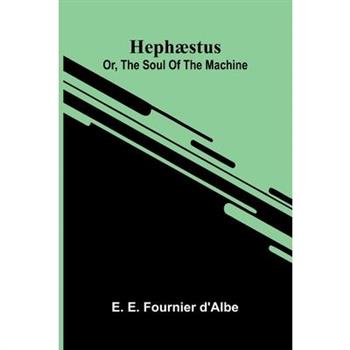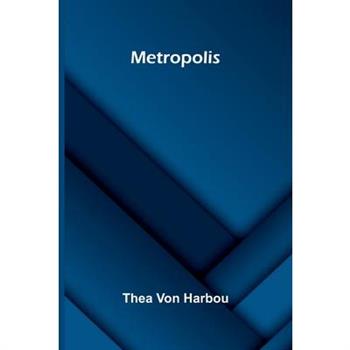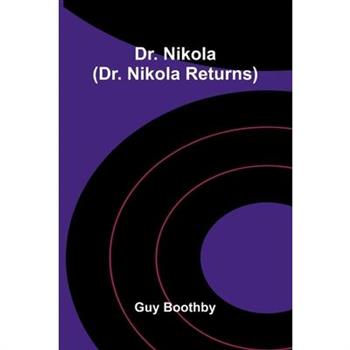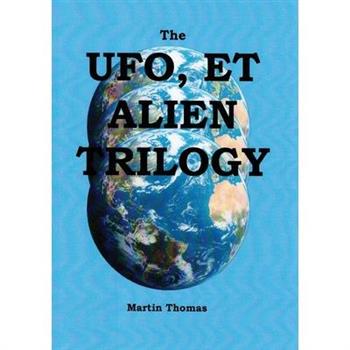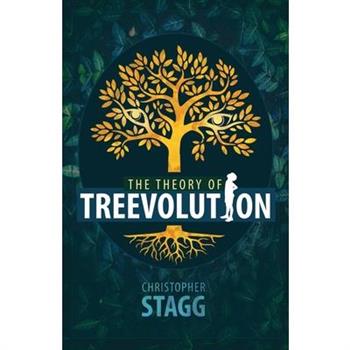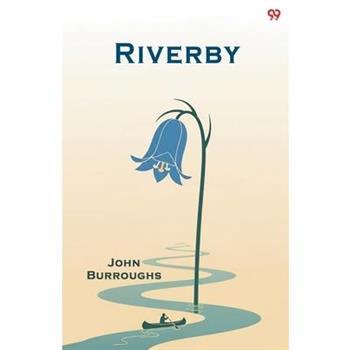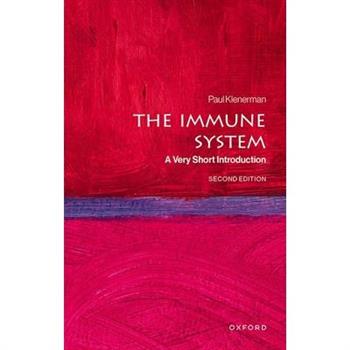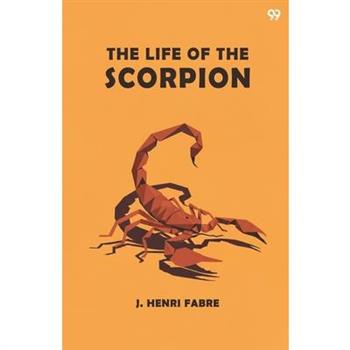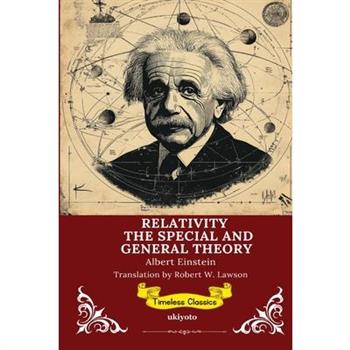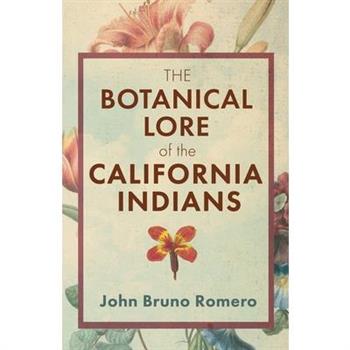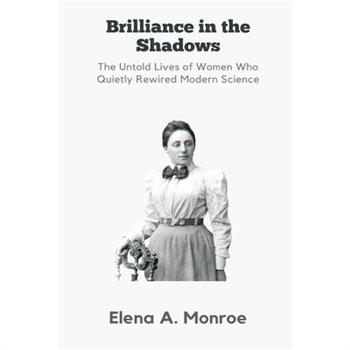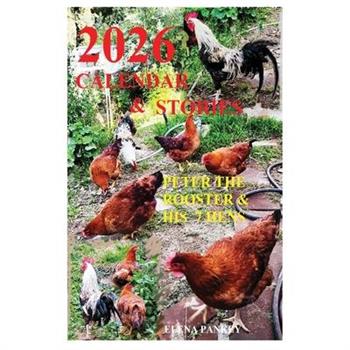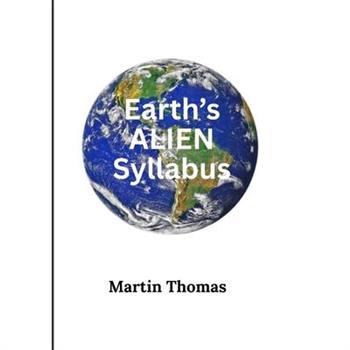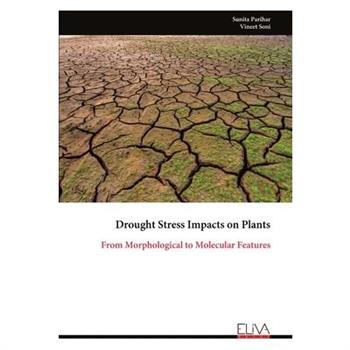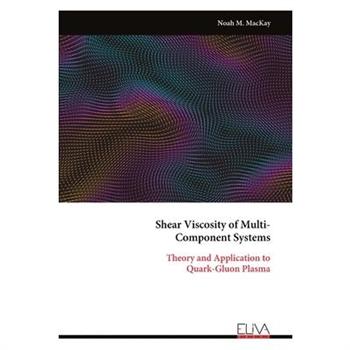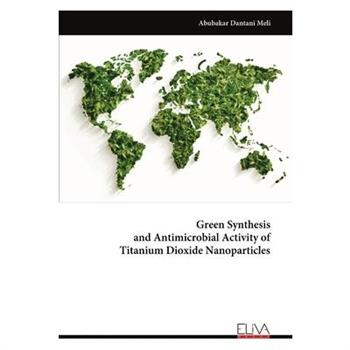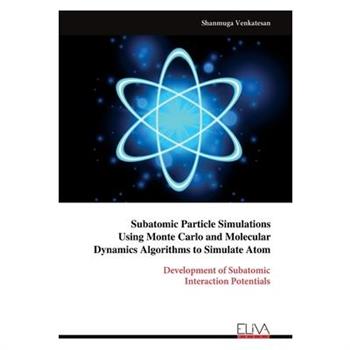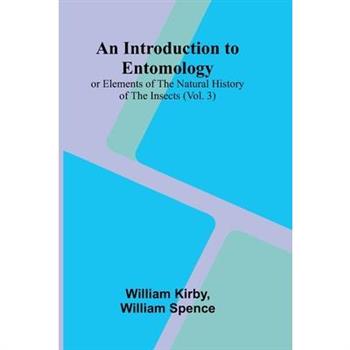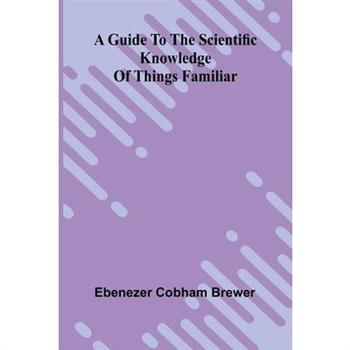Little Rivers A Book Of Essays In Profitable Idleness
The Immune System
Very Short Introductions: Brilliant, Sharp, Inspiring The immune system is central to human health. Growing understanding of the immune system, and especially the creation of immune memory (which results in long lasting protection), have led to major breakthroughs in medicine and the design of vaccines. In this Very Short Introduction, Paul Klenerman describes the immune system, and how it works in health and disease. He considers how the immune system evolved, the basic rules that govern its behaviour, and the major health threats where it is important. Paul Klenerman also explains how things can go wrong when there is too little or too much immunity. The book also addresses what we learned about the immune system from the COVID-19 pandemic and how that has influenced thinking about future pandemics. ABOUT THE SERIES: The Very Short Introductions series from Oxford University Press contains hundreds of titles in almost every subject area. These pocket-sized books are the perfect way to get ahead in a new subject quickly. Our expert authors combine facts, analysis, perspective, new ideas, and enthusiasm to make interesting and challenging topics highly readable.
Walden
A deluxe edition of Henry David Thoreau's groundbreaking environmentalist masterpiece, including an introduction and annotations by renowned social and environmental critic Bill McKibben A Beacon Classics edition, featuring spot gloss cover and retro, classic palette First published in 1854, Henry David Thoreau's Walden has influenced generations of readers and continues to inspire and inform anyone with an open mind, a love of nature, and a longing for simplicity and contemplation. Recounting the author's reflections on simple living after a period he spent in a small cabin he built near Walden Pond, the book places Thoreau firmly in his role as cultural and spiritual seer. Bill McKibben offers both an intelligent and captivating introduction and a body of insightful annotations to Thoreau's original edition. He addresses two philosophical questions posed by Thoreau: "How much is enough?" and, "How do I know what I want?", to draw meaningful connections between Thoreau's writing and our lived experience in the 21st century. This beautiful hardcover edition is more accessible and relevant than ever in an age of technological change and ecological crisis.
Calendar 2026 & Stories. Peter the Rooster & His 7 Hens"
Crick
A "thrilling biography of one of the 20th century's greatest minds" (David Eagleman): Francis Crick, codiscoverer of the structure of DNA, pioneering neuroscientist, and audacious genius What are the moments that make a life? In Francis Crick's, the decisive moment came in 1951, when he first met James Watson. Their ensuing discovery of the structure of DNA made Crick world-famous. But neither that chance meeting nor that discovery made Crick who he was. As Matthew Cobb shows in Crick, it is another chance encounter, with a line from the writing of Beat poet Michael McClure, that reveals Crick's character: "THIS IS THE POWERFUL KNOWLEDGE," it shouted. Crick, having read it, would keep it with him for the rest of his life, a token of his desire to solve the riddles of existence. John Keats once accused scientists of merely wanting to "unweave a rainbow," but it was an irrepressible, Romantic urge to wonder that defined Crick, as much as a desire to find the basis of life in DNA and the workings of our minds. For the first time ever, Cobb presents the full portrait of Crick, a scientist and a man: his triumphs and failings, insights and oversights. Crick set out to find the powerful knowledge. Almost miraculously, he did.




